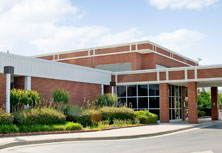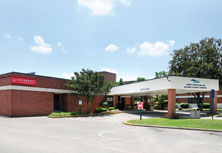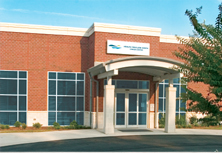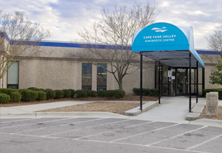Cystoscopy
When you have a urinary problem, your doctor may use a cystoscope to see inside your bladder and urethra. The urethra is the tube that carries urine from the bladder to the outside of the body. The cystoscope has lenses like a telescope or microscope. These lenses let the doctor focus on the inner surfaces of the urinary tract. The cystoscope is as thin as a pencil and has a light at the tip. Many cystoscopes have extra tubes to guide other instruments for procedures to treat urinary problems.
Your doctor may recommend cystoscopy for any of the following conditions:
- frequent urinary tract infections
- blood in your urine (hematuria)
- loss of bladder control (incontinence) or overactive bladder
- unusual cells found in urine sample
- need for a bladder catheter
- painful urination, chronic pelvic pain, or interstitial cystitis
- urinary blockage such as prostate enlargement, stricture, or narrowing of the urinary tract
- stone in the urinary tract
- unusual growth, polyp, tumor, or cancer
Preparation
Ask your doctor about any special instructions. In most cases, you will be able to eat normally and return to normal activities after the test.
Since any medical procedure has a small risk of injury, you will need to sign a consent form before the test. Do not hesitate to ask your doctor about any concerns you might have.
You may be asked to give a urine sample before the test to check for infection. Avoid urinating for an hour before this part of the test.
Test Procedures
The doctor will gently insert the tip of the cystoscope into your urethra and slowly glide it up into the bladder. Relaxing your pelvic muscles will help make this part of the test easier. A sterile liquid (water or saline) will flow through the cystoscope to slowly fill your bladder and stretch it so that the doctor has a better view of the bladder wall.
As your bladder reaches capacity, you will feel some discomfort and the urge to urinate. You will be able to empty your bladder as soon as the examination is over.
The time from insertion of the cystoscope to removal may be only a few minutes, or it may be longer if the doctor finds a problem and decides to treat it. Taking a biopsy (a small tissue sample for examination under a microscope) will also make the procedure last longer. In most cases, the entire examination, including preparation, will take about 15 to 20 minutes.
After the Test
You may have a mild burning feeling when you urinate, and you may see small amounts of blood in your urine. These problems should not last more than 24 hours. Tell your doctor if bleeding or pain is severe or if problems last more than a couple of days.
To relieve discomfort, drink two 8-ounce glasses of water each hour for 2 hours. Ask your doctor if you can take a warm bath to relieve the burning feeling. If not, you may be able to hold a warm, damp washcloth over the urethral opening.
Your doctor may give you an antibiotic to take for 1 or 2 days to prevent an infection. If you have signs of infection-including pain, chills, or fever-call your doctor.











